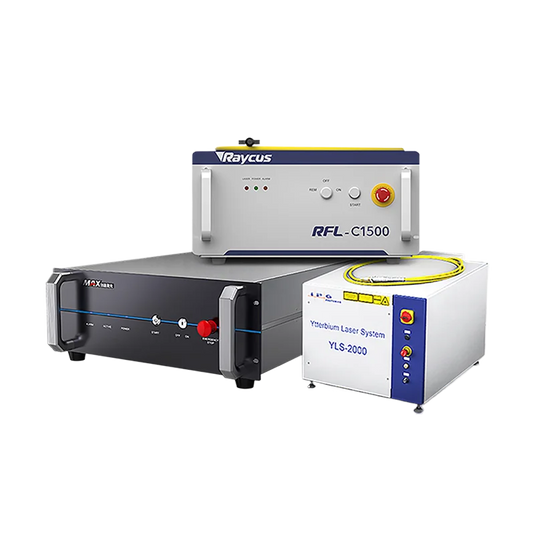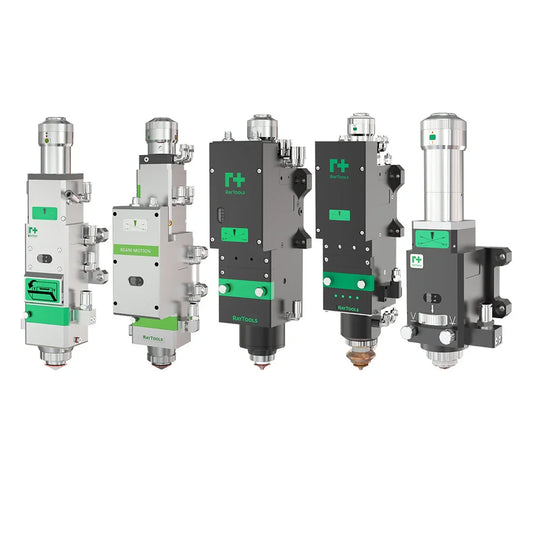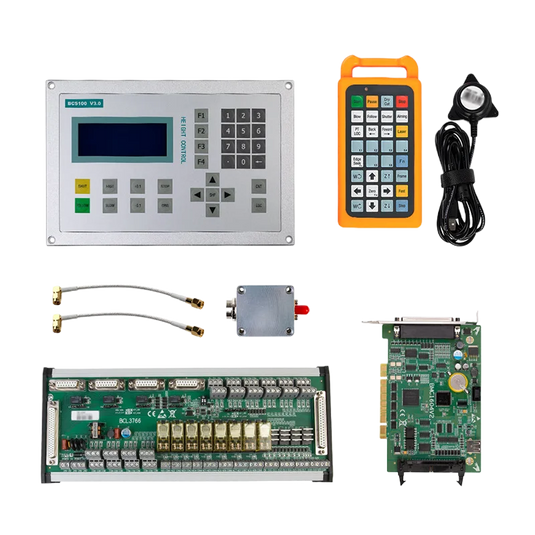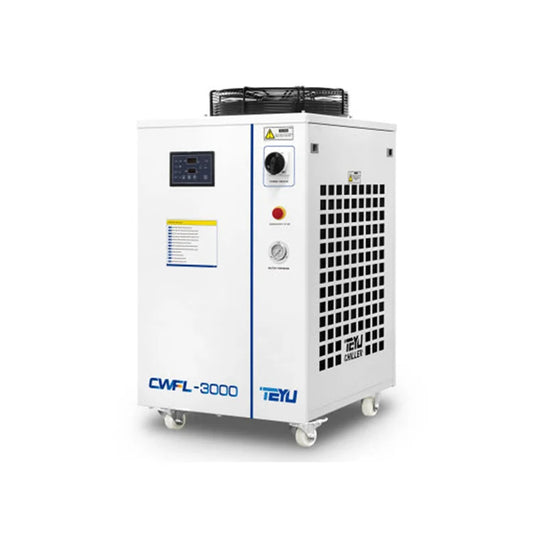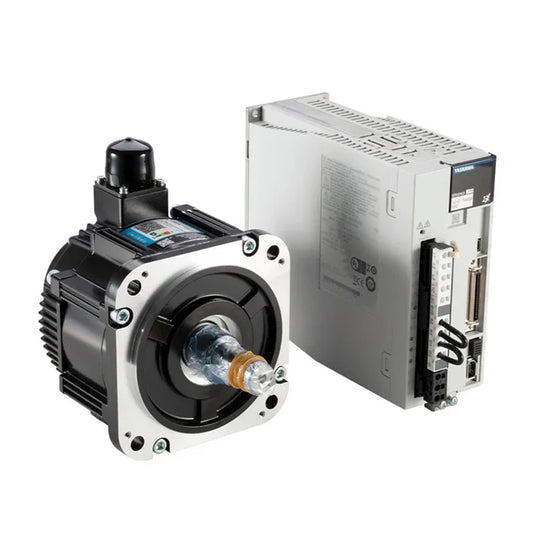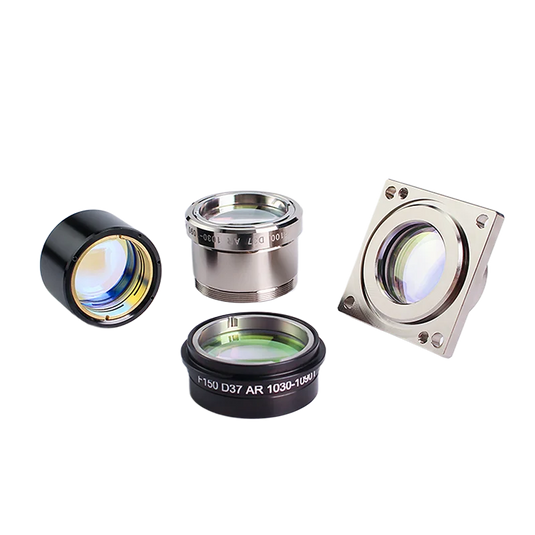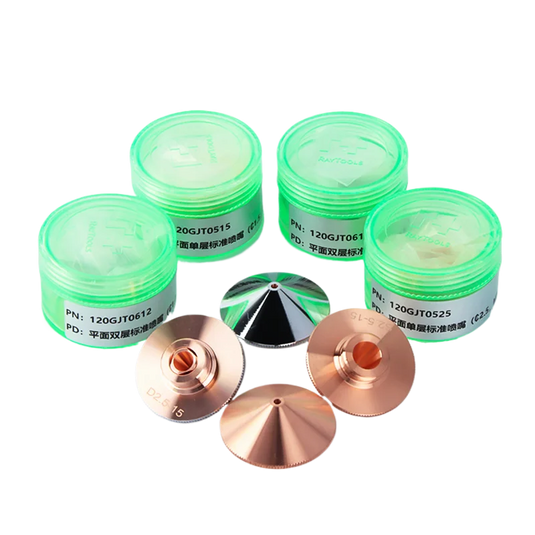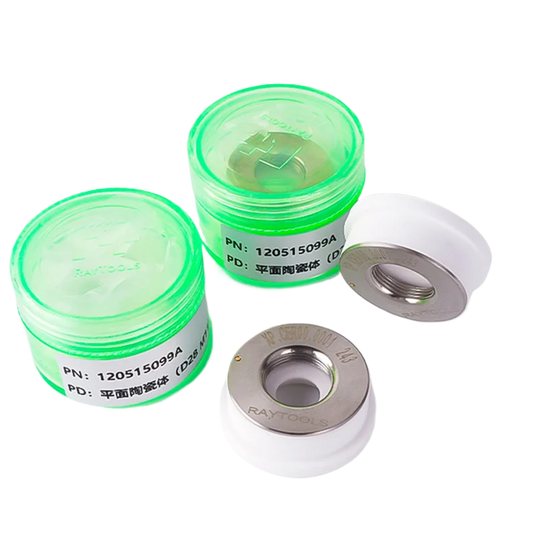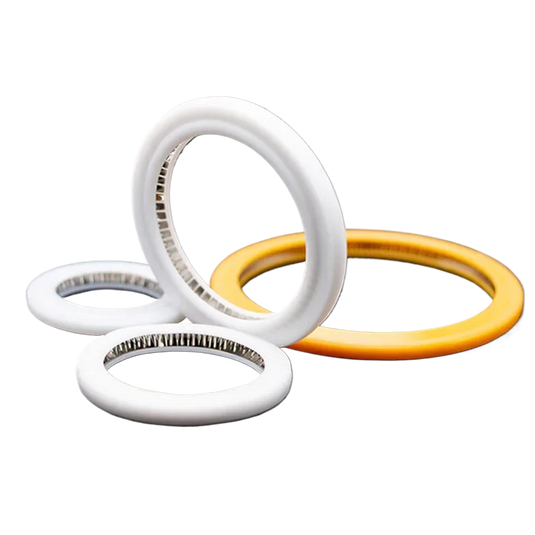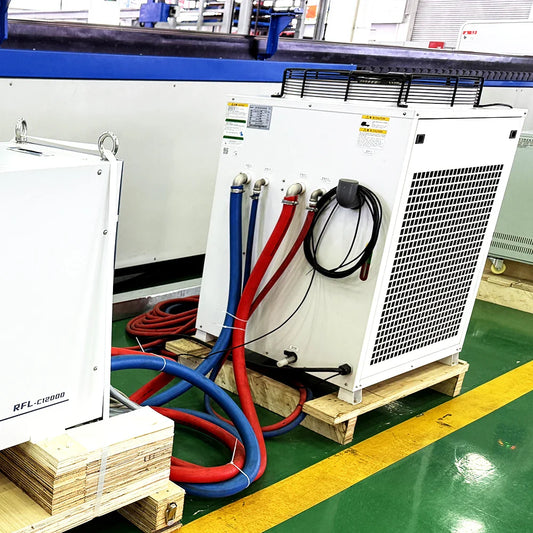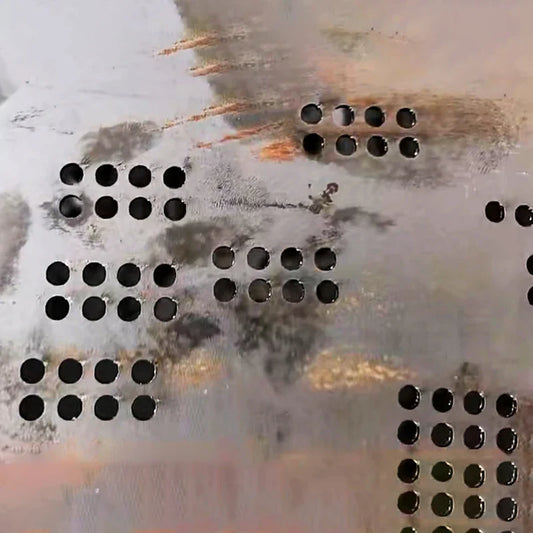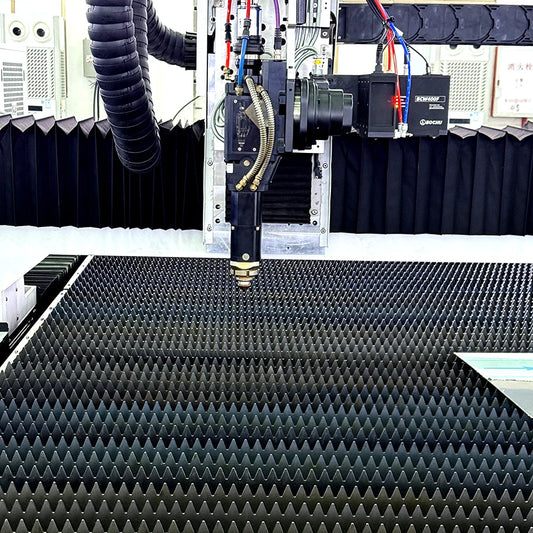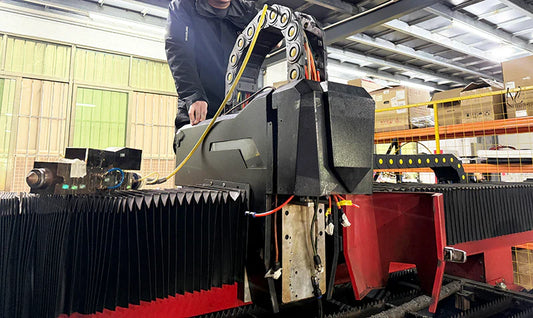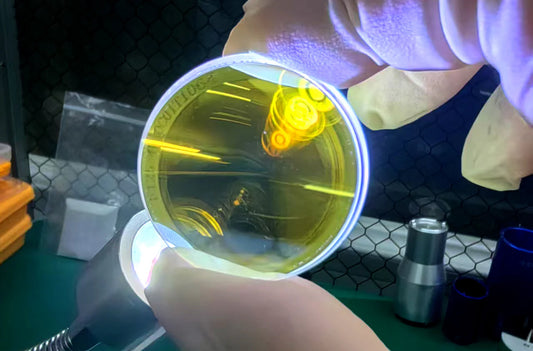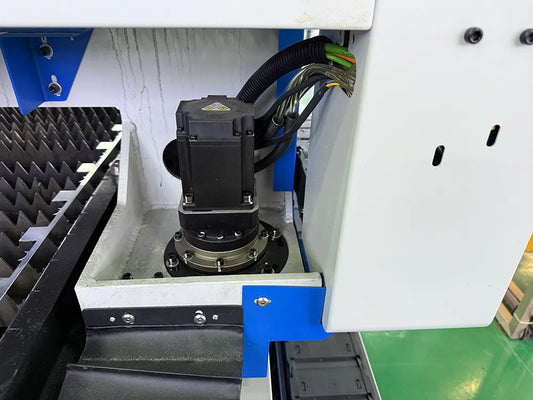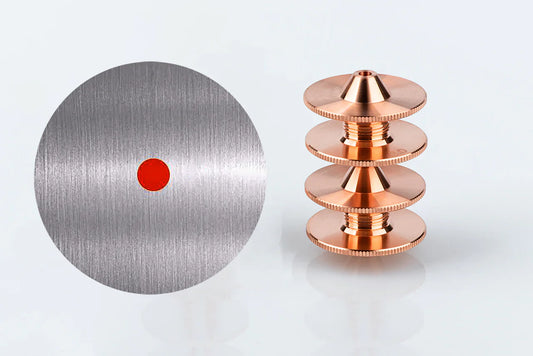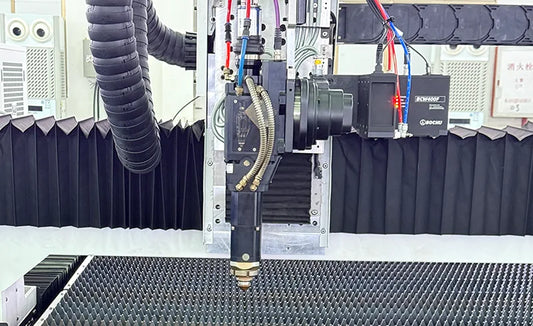Maintaining Reducers in Laser Cutting Machine: Preventing Vibration and Wear
In the precision transmission system of a fiber laser cutting machine, reducer stability has a direct impact on processing accuracy and equipment life. The following is a targeted maintenance approach based on equipment characteristics, including cleaning, lubrication, vibration control, load management, and preventative maintenance.
1. Daily Lubrication Management
Regular lubricant filling
- Regularly fill with specific lubricants. Choose a lithium - based grease or gear oil that meets your equipment's specifications, and lubricate the oil filling point of the reducer every half a month. Clean the oil filling port before lubrication to prevent contaminants from entering the oil channel. It is advised that you use a manual oil gun to uniformly apply the grease to the gear meshing surface and bearing components.
Lubricant selection and replenishment
- Use the manufacturer's suggested lubricant model (e.g., HTCL2100), and avoid combining greases from other brands or models. Every six months, the old oil should be thoroughly replaced, and any metal debris that remains in the oil cavity should be cleaned.

2. Ensure mechanical stability
Tighten fasteners and examine components
- Every week, inspect the reducer fastening bolts and coupling connections for looseness and use a torque wrench to re - tighten to standard specifications (as described in the equipment handbook). At the same time, inspect the gear meshing clearance. If abnormal noise or vibration occurs, correct the gear alignment promptly.
Dust prevention and cleaning treatments
- Clean the metal dust and oil stains on the exterior of the reducer every day to keep hard particles out of the gearbox. Check the dust cover's integrity. If it is damaged, replace it right once to keep dust from speeding gear wear.
3. Operation status monitoring
Vibration and temperature monitoring
- A vibration analyzer detects the reducer's vibration amplitude on a regular basis while the equipment is in operation. If it surpasses the threshold (e.g., >4.5mm/s), it must be stopped and checked. At the same time, use an infrared thermometer to check the gearbox temperature. The typical temperature should be less than 60℃. Abnormal temperature rise might suggest insufficient lubrication or component wear.
Load and parameter optimization
- Avoid extended periods of full load operation and alter the cutting program to lessen the reducer's immediate impact load. Refer to page 8 for advice on how to select reasonable acceleration and deceleration settings to reduce mechanical shock.
4. Professional Maintenance and Replacement
Regular disassembly and inspections
- Professionals should disassemble the reducer every 2000 hours, or half a year, to inspect the wear on the gear tooth surfaces. If the pitting and peeling area reaches 10%, the gear assembly must be replaced. Examine the bearing clearance at the same time. If it surpasses 0.1mm, a new bearing should be installed.
Calibration and dynamic balancing tests
- Every year, the reducer's output shaft should be dynamically balanced to maintain an eccentricity of less than 0.02mm. During installation, calibrate the connection using a laser alignment device to achieve a coaxiality error of less than 0.05mm.
5. Environment and Operating Specifications
Temperature and humidity management
- Keep the operating temperature between 18 - 30℃ and humidity below 70% to avoid moisture from corroding the gearbox. Moisture - resistant heating belts can be deployed in humid locations.
Operator Training
- Standardize the equipment start - stop procedure and eliminate emergency stop and start operations. Operators must get frequent maintenance training and grasp the procedures for detecting abnormal reducer conditions.
Tips: The preceding actions must be done in cooperation with the equipment instructions. If the vibration problem persists, contact the manufacturer's personnel for a thorough diagnosis or you can also schedule a online consultation with Pendstar for fixing any problem.

